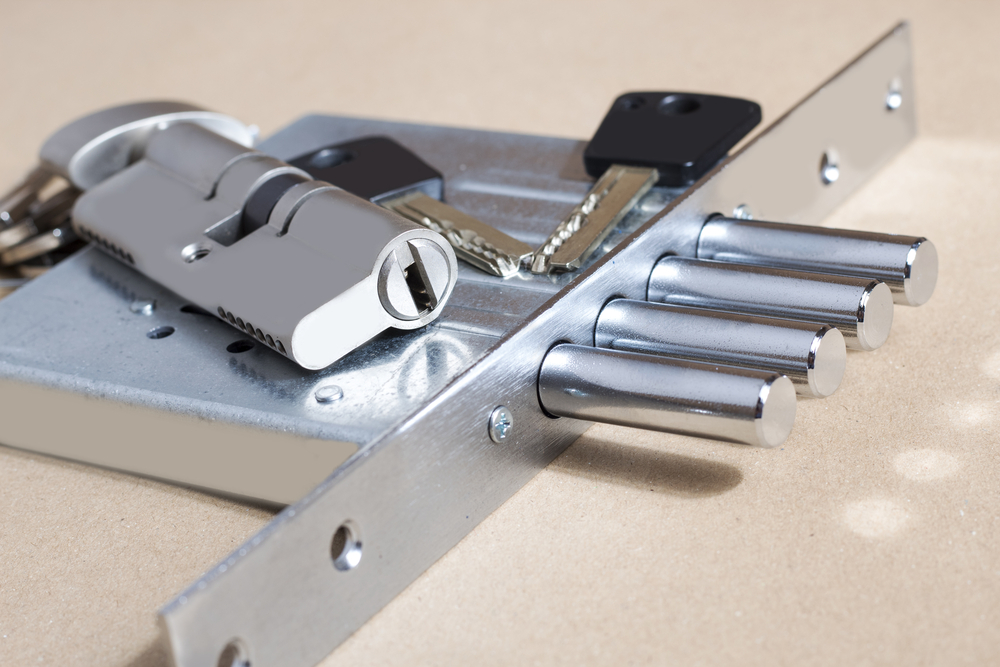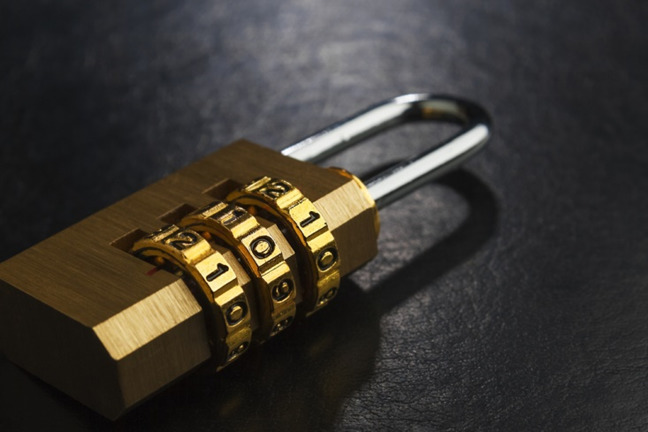Locks play a crucial role in our daily lives, often going unnoticed, yet they stand as silent guardians of our personal security and privacy. Imagine a home, a bike, or even a diary without a lock – it just wouldn’t feel safe, right? Locks give us a sense of control over our possessions and help protect our valuables from theft or unauthorized access.
There are various types of locks to fit different needs and situations. For your front door, you might use a deadbolt, known for its strength and security. If you’re at school or the gym, a padlock secures your locker, keeping personal items safe while you’re busy. Even when you’re on the move, luggage locks safeguard your belongings from being tampered with during travel.
In businesses, high-security locks, which include electronic access controls, provide not just security but also the convenience of managing who can enter certain areas. For something a bit simpler, a knob lock does the job for interior doors.

9 Types of Locks and Where to Use Them
Locks are integral to the security of our homes, offices, and personal items. They come in various shapes and sizes, each designed for specific applications. Here’s a guide to nine common types of locks and where to use them.
1. Padlocks
Padlocks are the only type of lock that is not permanently attached to something else. They come in a range of sizes, are free-standing and portable, and have a shackle that locks into place. Some padlocks are key-operated, while others use a combination to unlock. You often see padlocks on school lockers because they are easy to remove and replace. They are also common on gates, sheds, storage units, and toolboxes. While they’re versatile, remember that they can sometimes be cut with bolt cutters, so for higher security needs, choose a padlock made of hardened steel.
2. Deadbolts
Deadbolts are a stalwart in home security and are found on external doors. There are three main types: single, double, and lockable thumb turn. Single deadbolts are the most common and use a key cylinder on the outside and a thumb turn (rotating knob) on the inside to open or close the lock. Deadbolts are effective because they make it significantly harder for intruders to break in, as they can’t be easily picked or bypassed without considerable noise and effort.
3. Knob Locks
Knob locks are frequently installed in residential homes. The lock cylinder is located inside the knob itself, which can be on both sides of the door. They’re generally used on interior doors, as exterior doors require more security. If used on exterior doors, they should be paired with a deadbolt. Their downside is that if the knob is broken off, the mechanism that keeps the door locked can be easily accessed and opened.
4. Lever Handle Locks
Lever handle locks are easier to open than knob locks because they have a large push-down style handle. This makes them a popular choice for interior doors within commercial buildings, especially for doors that must be ADA-compliant. They can also be used for exterior doors but ensure they have a deadlocking function to prevent tampering.
5. Cam Locks
Cam locks are easy to recognize: they turn to latch a door or lid into place, often seen in filing cabinets, mailboxes, and lower-security needs. They get their name from the “cam,” a small, flat piece of metal that locks everything into place. They’re not suitable for doors to buildings because they offer minimal security but are perfect for privacy and preventing casual snooping.
6. Rim/Mortise Locks
Rim locks are mounted on the inside surface of a door and automatically lock when the door closes, which is why they’re popular in apartment complexes. Mortise locks, on the other hand, require a pocket—the mortise—to be cut into the door where the lock is fitted. They are found in older buildings and in some upmarket residential homes. Both types offer a good level of security and are often used in combination with other locks for added protection.
7. Euro Profile Cylinders
Euro profile cylinders are found indoors that use a multi-point locking system, including uPVC and composite doors. The lock itself is housed in a cylinder and can be easily changed without altering the door’s hardware. Because of their convenience and the security they offer, they’re becoming increasingly popular in residential homes across the globe.
8. Smart Locks
Smart locks represent the new generation of door security. They can be operated with a smartphone, a key fob, a keypad, or even biometrics like a fingerprint. You don’t need a physical key, which allows you to grant temporary access to guests without needing to copy keys. They’re particularly useful for people who rent out their homes on short-term rental sites or for homeowners who like the convenience of going keyless.
9. Wall Mounted Locks
Finally, wall-mounted locks are fixed locks often used to secure the outermost doors of buildings, gates, or for key storage. Real estate agents, for instance, might use a wall-mounted lockbox to store the keys to a property, allowing other agents to access them with a combination.

In choosing the right lock for the right application, remember to consider the level of security you need, the convenience for the user, and how often the lock will be used. Good security practices dictate using the highest security locks where they are most needed, such as on external doors, and using more convenience-oriented locks, like cam locks or knob locks, in lower-risk internal situations. Always match the lock to the vulnerability of the asset you’re protecting for optimal security.
